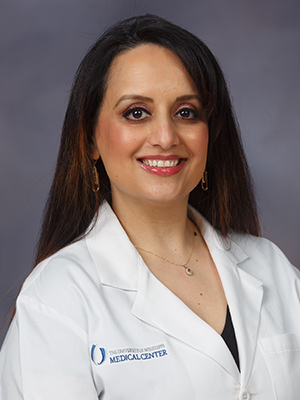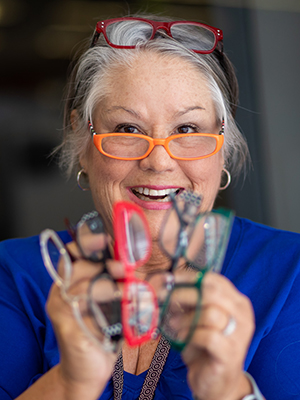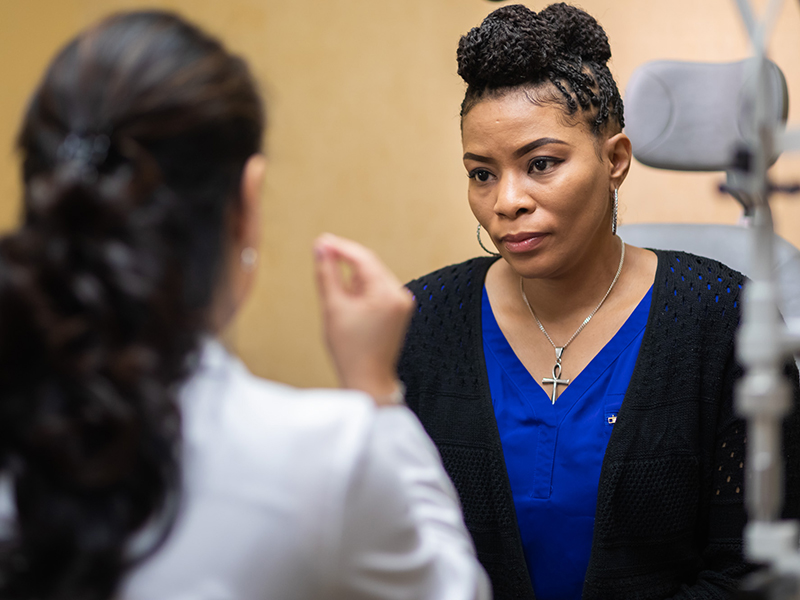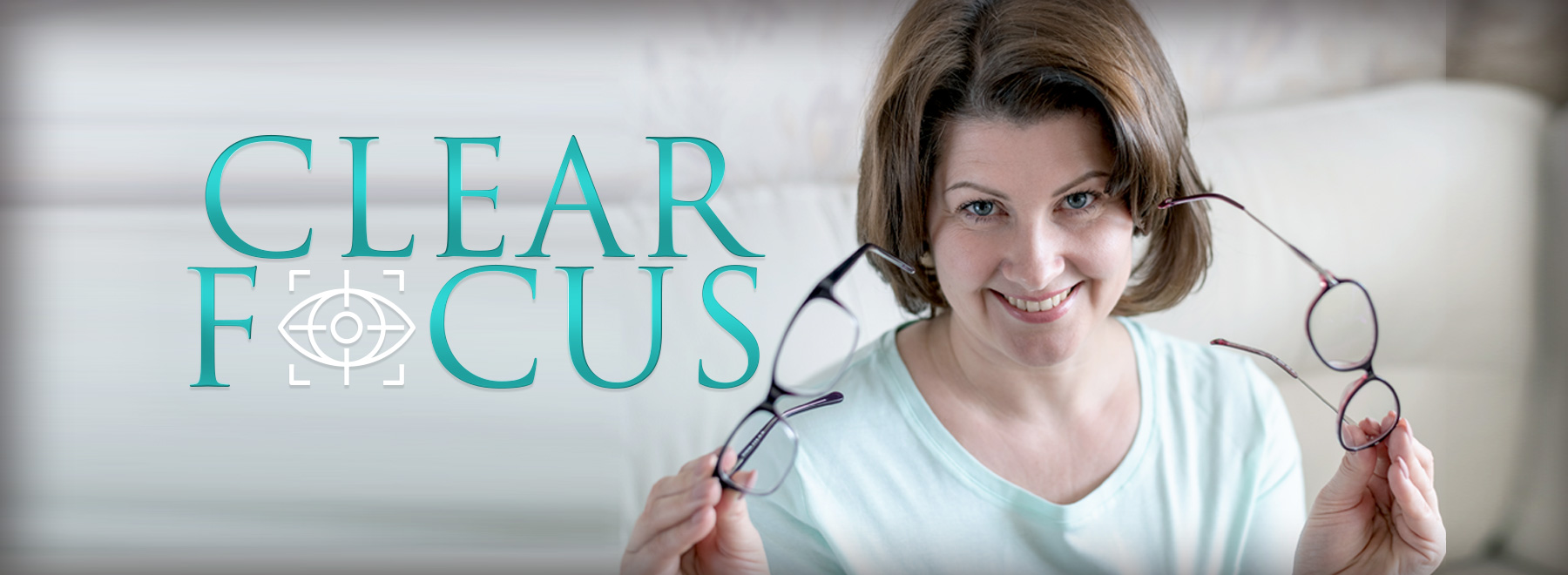Multifocal contact lenses: The new readers?
They never seem to be there when you need them, no matter how many pairs you buy. And despite their affordability, if you’re constantly replacing the ones you’ve lost, the cost can add up.

Many don’t know there are more reliable and convenient alternatives to readers, the glasses used by those who have “had a lot of birthdays,” as Dr. Roya Attar, optometrist at the University of Mississippi Medical Center, describes it.
“As early as 40, but definitely by 50, people start losing focusing power at near,” explained Attar.
The phenomenon is called presbyopia and is considered a normal change in the eyes as people age. Symptoms include having to hold a smartphone, other objects and reading material farther from your eyes to see them more clearly. It can also manifest as headaches, eyestrain and visual fatigue, according to All About Vision.
It is caused by a gradual thickening and loss of flexibility of the natural lens inside the eye, which results in a decreased ability to focus on close objects.
Attar says there is good news for people who struggle with presbyopia and readers. For example, Susan O’Bryan, a web content coordinator for the Division of Information Systems at UMMC, describes her relationship with readers as frustrating.
She began wearing them several years ago when she noticed she was having trouble focusing on objects up close.

“I mean, things like trying to get chin whiskers or pluck your eyebrows or see your fingernail polish goes out the window,” O’Bryan said. “So you start out with reading glasses, go to the Dollar Tree or Wal Mart, and then as your eyes change you’ll go from 1.5 (magnification) up to 2.0, then because you lose them … you end up with this assortment (of glasses) and spending a fortune on reading glasses.”
O’Bryan said over the years she’s collected readers in “every strength, every style, ever color” and keeps at least one pair in each room and several in her purse.
She said she would certainly be interested in another option if there was one.
According to Attar, who has had success transitioning patients from reading glasses to multifocal contact lenses, there are benefits for the lenses. Because the multifocal lenses allow a person to see at both distance and near at the same time, the hassle of removing and replacing, as is done with the readers, is gone.
Her patients who have transitioned from readers to multifocal lenses tell her stories about their convenience. One person said her family was wondering “why she wasn’t reaching for her readers. She could see to cook and she could also see to look away at the TV.”
For Crystal Lawshe, the transition from readers and glasses to multifocal lenses has been “seamless,” despite never having worn contact lenses before.
She began wearing prescription glasses for distance and readers to see up close two years ago. Then, a couple weeks ago, she got fed up with the constant back and forth between readers and glasses all day. She told Attar about the issues she was having, and she recommended multifocal lenses.

“I’ve gotten used to it very quickly and quite enjoy not having to shuffle (glasses) around,” Lawshe, who works in human resources at UMMC, said. “When I leave my desk, I’m used to carrying two pairs of glasses on top of everything else and I only have my phone with me now.”
While some patients with issues like dry eyes or a history of cataracts question whether they could wear the lenses, Attar says there are types of multifocal lenses that would work for these patients.
“Daily contact lenses … are the best option for individuals who suffer from dry eye issues. They are taken in and out each day,” she said. “As you can imagine they’re much thinner than a regular contact lens and what’s nice about it is you throw it away and don’t have to worry about cleaning it and storing it. The next day you get a fresh new contact lens.”
O’Bryan, who deals with dry eyes, is open to giving it a try.
“That would be a wonderful option if it was available,” she said.
To schedule an appointment with Dr. Roya Attar, call (601) 984-5037.
The above article appears in CONSULT, UMMC’s monthly e-newsletter sharing news about cutting-edge clinical and health science education advances and innovative biomedical research at the Medical Center and giving you tips and suggestions on how you and the people you love can live a healthier life. Click here and enter your email address to receive CONSULT free of charge. You may cancel at any time.



